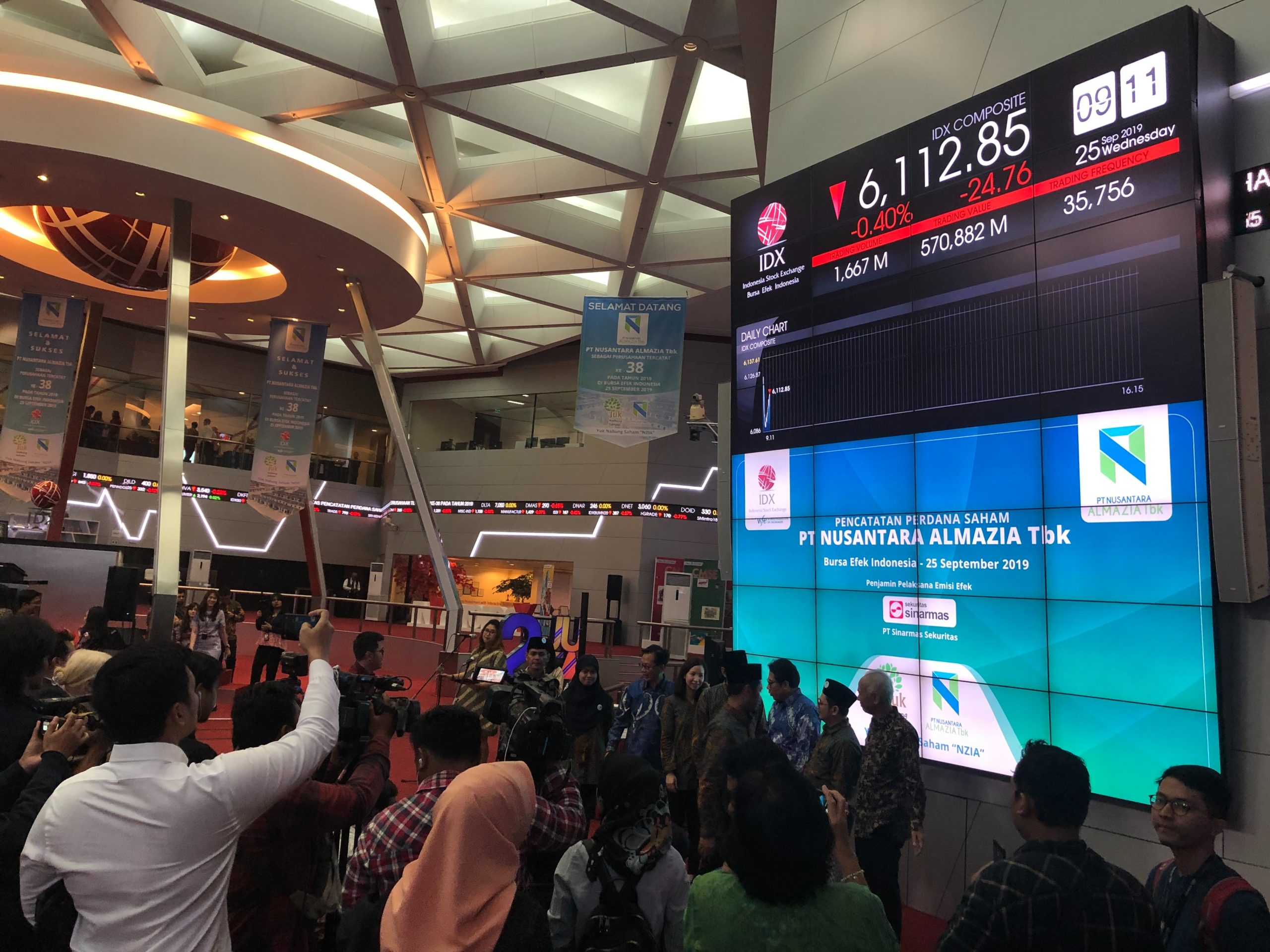According to the official data nearly 3 million Indians work in different countries in Europe. 64% of them live in the United Kingdom alone. Indian immigrants and expatriates abroad send remittances back to their country to the tune of nearly USD 87 B annually.
The size of the Indian community in Europe and the sheer amount of money they send back home has pushed the money transferring platforms and channels to a totally another level of efficiency. It is by far the easiest country for international money transfers. However, this ease is only one way; sending money to India from abroad.

Methods of transferring money from India to Europe
As stated above, there is a wide range of internet-based platforms, wire transfer services, and bank facilities you can use to send money to India. Though the fastest remittances are through your NRE account which allows unlimited free transfers, however, we will discuss other methods that are also available if needed.
Money transfer through NRE account
You can send money to India using your NRE account by following a few simple steps, as given below:
- Create a DBS Treasures NRE saving account either by visiting the branch or remotely through a relationship manager
- Add funds through debit/credit card or local deposit
- Access your account and follow instructions on the platform to send amounts internationally
Transferring money through banks
The SWIFT transfer code allows a person to send money globally through the unique IBAN. Amounts up to USD 10000 can be transferred into the recipient’s bank account against a very nominal fee. The money received is in local currency and exchange will apply at the receiver’s end.
Online platforms
If the amount you wish to send is below USD 3,000 then another option you may wish to explore is using one of the many online money transfer platforms. These platforms are internet browser-based applications and assume the role of a secure and reliable channel. The sender will need to create an account by providing the required documents and following the verification process. Once created, this account can transfer money to a bank or the same service account holder. As accessibility is not a concern here, hence the destination does not factor in, as the recipient can access the account anywhere and cash in via an ATM card.
Note that the banks charge a fee that depends on the country of origin. For instance, banks in Germany charge 5% of the amount being sent as a service fee. Also, the exchange rate offered is usually higher than the prevailing exchange rate. This makes banks a less likely option, however, if you are transferring large sums regularly then a bank may be your only option.
For those who use mobile apps and browser-based platforms, it is advised that are fully aware of the terms and conditions of usage. Many a time hidden charges apply and the parties are unaware of it completely. Remember that applications are there for business and not public service. Hence they will charge wherever they can, so choose an application that has good reviews, and ask around from the expat community in your area.
We have shortlisted a few applications here, based on customer reviews and platform security protocols.
| S# | Platform | Pros/cons |
| Paypal | High fees, reliable, currency options available, strict policies | |
| Payoneer | High fees, reliable, currency options available, relaxed policies | |
| Verifone | Higher exchange rate(up to 5% than usual) | |
| Stripe | Lesser fee, nominal exchange rate percentage, fewer currency options | |
| Instamojo | Low fee, fewer currency options, less reliable |









